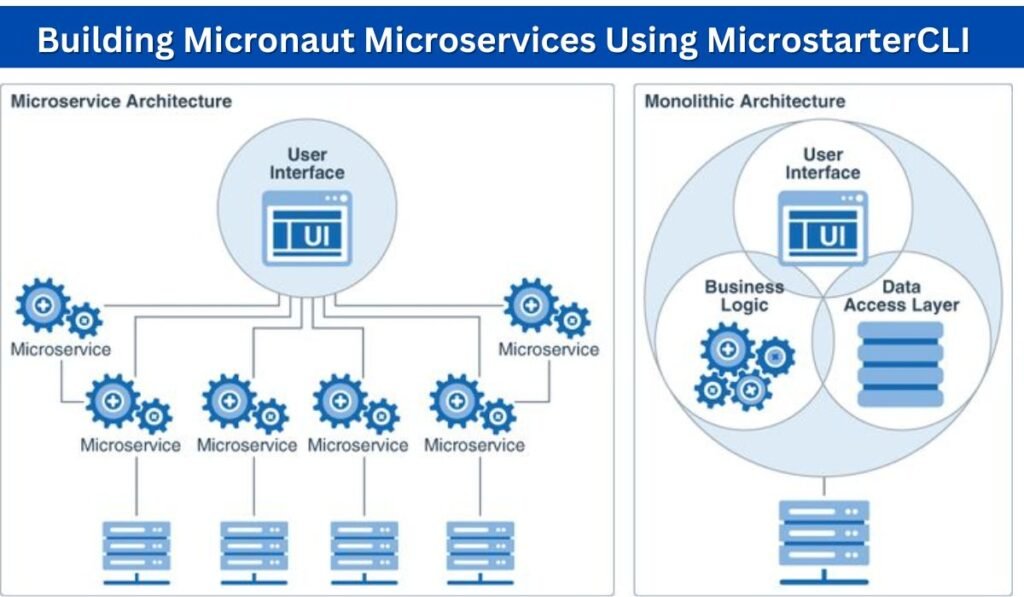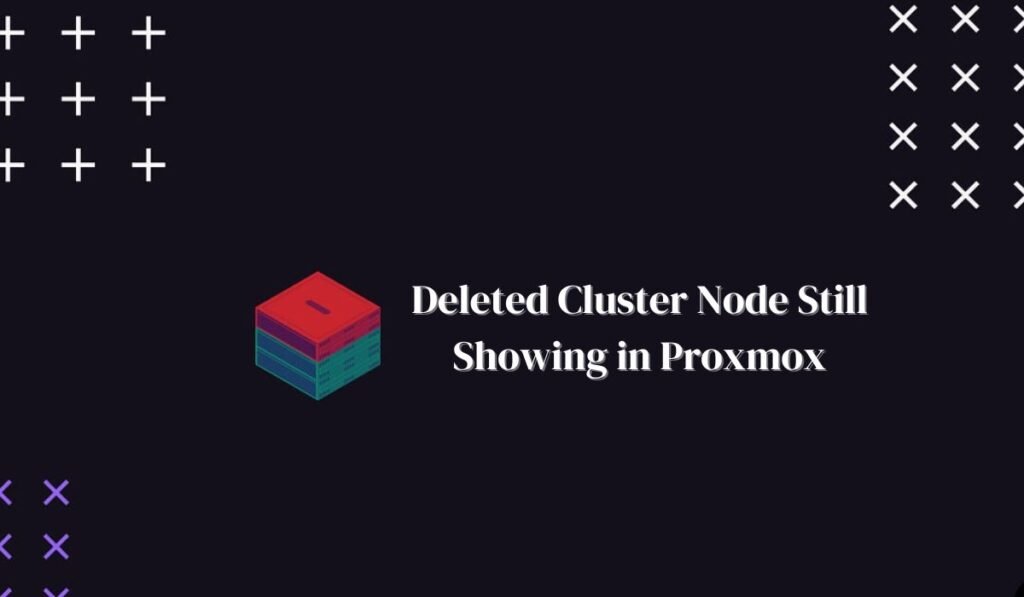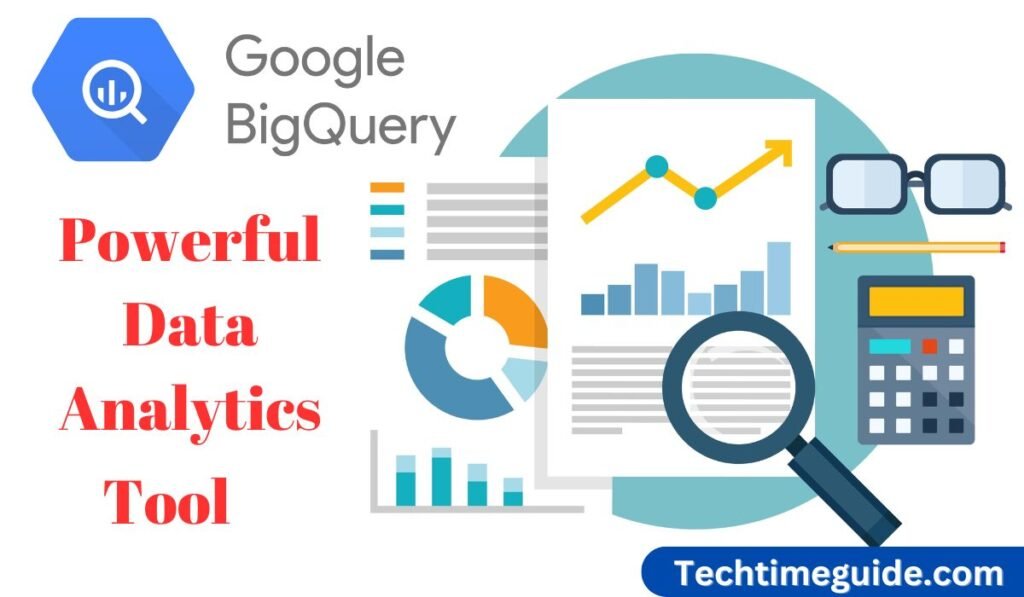Building Micronaut Microservices Using MicrostarterCLI
Microservices architecture has rapidly gained popularity due to its scalability, resilience, and the ability to build independent services. One of the powerful frameworks to achieve microservices is Micronaut. It is designed to provide a fast startup time and a minimal memory footprint, making it highly suitable for developing lightweight services. However, creating and configuring microservices manually can be a cumbersome task. Enter Building Micronaut Microservices Using MicrostarterCLI, a tool specifically designed to simplify the process of creating Micronaut-based microservices. This article will walk you through the essential steps to build microservices using Micronaut with the help of MicrostarterCLI. Why Choose Micronaut for Microservices? Before diving into how to use Building Micronaut Microservices Using MicrostarterCLI, it’s essential to understand why Micronaut is an excellent choice for microservices architecture. Unlike other Java frameworks, Micronaut is built from the ground up to support the microservices ecosystem. Here’s why Micronaut excels: Introduction to MicrostarterCLI Building Micronaut Microservices Using MicrostarterCLI is a command-line tool that helps developers quickly scaffold a Micronaut project. The goal is to speed up the creation of microservices by providing pre-configured templates and ready-to-use components. With MicrostarterCLI, you don’t have to worry about setting up the basic configurations from scratch—it takes care of that for you. Some of the features of MicrostarterCLI include: Now, let’s dive into how to use MicrostarterCLI to build microservices with Micronaut. Getting Started with Building Micronaut Microservices Using MicrostarterCLI 1. Installation of MicrostarterCLI To begin building your microservices, the first step is to install MicrostarterCLI. It’s a simple process: bashCopy code $ npm install -g microstartercli After installing, you can verify the installation by running: bashCopy code $ microstartercli –version You should now see the version number, confirming that the CLI is installed correctly. 2. Generating a New Micronaut Project Once MicrostarterCLI is installed, creating a new Micronaut microservice is straightforward. The CLI provides a simple command to scaffold a new project: bashCopy code $ microstartercli create-app my-micronaut-app This command generates a Micronaut application with basic configurations, such as a predefined project structure, essential dependencies, and example code. This significantly reduces the time and effort required to get started. 3. Configuring Dependencies MicrostarterCLI provides predefined templates that handle dependencies out of the box. However, if you need to add additional dependencies specific to your project, it’s easy to do. For instance, you might want to include a messaging service like Kafka or an ORM tool like Hibernate. To add a dependency manually, you can modify the build.gradle or pom.xml (depending on your build tool). Here’s how you can add Kafka support in Gradle: gradleCopy code dependencies { implementation “io.micronaut:micronaut-kafka”} After adding the dependencies, run the following command to refresh your project: bashCopy code$ ./gradlew build 4. Building RESTful APIs Micronaut’s native support for REST APIs makes it an excellent choice for building RESTful microservices. MicrostarterCLI simplifies this further by providing boilerplate code to build REST endpoints. For example, to create a simple controller that handles HTTP requests, use the following command: bashCopy code $ microstartercli create-controller UserController This command will generate a basic controller: javaCopy code @Controller(“/users”)public class UserController { @Get(“/”) public List<User> listUsers() { return new ArrayList<>(); }} In this example, the UserController is set up to handle HTTP GET requests at the /users endpoint, returning a list of users. This is just the starting point; you can further enhance the functionality as needed. 5. Setting Up Database Connectivity Most microservices require some form of persistent data storage. Micronaut supports a wide range of databases, and integrating a database is seamless with MicrostarterCLI. To set up a database, first, ensure the necessary dependencies are added: gradle Copy code dependencies { implementation “io.micronaut.data:micronaut-data-hibernate-jpa” implementation “io.micronaut:micronaut-jdbc-hikari”} Then, update your application.yml file to include your database configurations: yamlCopy codedatasources: default: url: jdbc:mysql://localhost:3306/mydb driverClassName: com.mysql.cj.jdbc.Driver username: root password: password After configuring the database, you can use Micronaut’s Data feature to create repositories: javaCopy code@Repository public interface UserRepository extends CrudRepository<User, Long> { } This repository provides basic CRUD operations for interacting with the User entity. 6. Message-Driven Microservices One of the advantages of microservices architecture is the ability to decouple components using messaging systems like Kafka, RabbitMQ, or others. Micronaut has native support for building message-driven microservices. To add Kafka to your microservice, first add the necessary dependencies, as shown earlier. Then, create a Kafka consumer by running the following command: bash Copy code$ microstartercli create-consumer KafkaConsumer Here’s a basic Kafka consumer example: javaCopy code@KafkaListener(offsetReset = OffsetReset.EARLIEST) public class KafkaConsumer { @Topic(“user-topic”) public void receive(String message) { System.out.println(“Received message: ” + message); } } This consumer listens to the user-topic and processes incoming messages. 7. Testing Micronaut Microservices Testing is an integral part of the development process, especially when dealing with microservices. Micronaut has built-in support for testing, and MicrostarterCLI sets up the testing framework automatically. To run the tests, simply use the command: bashCopy code$ ./gradlew test This will execute the unit and integration tests for your microservices, ensuring they work as expected. Deploying Micronaut Microservices Deploying Micronaut microservices is straightforward, especially with modern cloud platforms like AWS, Google Cloud, or Azure. Micronaut’s lightweight footprint makes it an excellent fit for Docker and Kubernetes environments. 1. Dockerizing Your Microservice To dockerize your Micronaut microservice, you can generate a Dockerfile using MicrostarterCLI: bashCopy code$ microstartercli create-dockerfile Once the Dockerfile is created, build the Docker image: bashCopy code$ docker build -t my-micronaut-app . After building the image, you can run your microservice using Docker: bashCopy code$ docker run -p 8080:8080 my-micronaut-app 2. Kubernetes Deployment If you’re using Kubernetes, you can deploy your Dockerized microservice by creating a deployment file: yaml Copy code apiVersion: apps/v1kind: Deploymentmetadata: name: micronaut-appspec: replicas: 2 selector: matchLabels: app: micronaut-app template: metadata: labels: app: micronaut-app spec: containers: – name: micronaut image: my-micronaut-app ports: – containerPort: 8080 This ensures that your microservice is scalable and resilient within a Kubernetes cluster. Conclusion Building microservices using Building Micronaut Microservices Using MicrostarterCLI is a streamlined and efficient process. With MicrostarterCLI’s ability to scaffold projects, set up dependencies, and integrate essential services





